DIFFERENT ERAS OF THE MIGHTY TENNIS BIG FOUR! For most of the 21st century, men’s singles tennis has been dominated by the “Big Four”. Roger Federer, Rafael Nadal, Novak Djokovic, and Andy Murray. But it hasn’t been a uniform run of evenly shared spoils for these tennis greats.
There have been ebbs and flows, clear patches of dominance, and falls from grace. This has seen the dynamics of these four great players shift like quicksand for over a decade. Let’s break down the key periods in the Big Four’s history to date.
2004 to 2007 — The Fed Express
Roger Federer went into 2004 fresh off the heels of winning his maiden Grand Slam—the 2003 Wimbledon Championships. He immediately stamped his mark on what would be a dominant season by taking his second Slam at the Australian Open. Then he would successfully defend his Wimbledon title, take his first US Open title, and become number one in the men’s singles rankings for the first time.
Federer would go on to win the same three Grand Slams in 2005, 2006, and 2007. Federer would also take no less than thirteen ATP Masters titles and all but one of the ATP World Tour Finals during this time. 2006, in particular, is considered Federer’s career best season, with twelve singles titles and a win/loss record of 92-5. Understandably, Federer’s run of success during this time has placed him firmly in the running for greatest player of all time nods.
During this period of Federer dominance, the French Open continued to elude him. This was, in large part, due to the fellow Big Four member, Rafael Nadal. Nadal was in the process of establishing himself as one of the greatest clay court players by winning 2005, 2006, and 2007 French Open titles. This period is often thought as the “Big Two”.
Try this Quiz: So You Think You Are The No.1 Roger Federer Fan? Then Score A 10 On This Quiz!
2008 to 2010 — The King of Clay
While Federer was ruling the tennis world, Nadal was firmly establishing himself as the unbeatable King of Clay, winning every French Open title from his first in 2005 to 2008.
2008 was to Nadal what 2006 was to Federer; a year of dominance and success. Apart from French Open, he grabbed his first Grand Slam title outside of Paris when won Wimbledon, deposing Federer’s five-year reign at the All England Club.
Nadal would also take Olympic gold at the 2008 Olympics in Beijing, as well as reach number one in the rankings for the first time. A first Australian Open title followed in 2009, however, in an unexpected twist, the Spaniard was knocked out of the French Open in the fourth round by relatively unheralded Robin Soderling. A defeat that gave Federer the opportunity to take his first French Open title and complete the Career Slam.
With 2009 seeming a bit of a let-down after Nadal’s 2008 successes, 2010 would prove to be something of a mini resurgence. Nadal returned to winning ways at the French Open, bringing his Grand Slam tally to seven, and followed that with a second Wimbledon title. But it was at the US Open that Nadal really began to cement his legacy. His first US Open, and ninth Grand Slam title gave him a Career Golden Slam, something only Andre Agassi had achieved in men’s tennis before.
2011 — Djokovic Rising
Though Novak Djokovic had been in and around the top four for much of the last few years by this point, not to mention having a Grand Slam title to his name in the shape of the 2008 Australian Open. It was 2011 when he truly announced his arrival at the top of men’s tennis.
Djokovic won the Australian Open, Wimbledon, and the US Open, as well as taking five ATP Masters events—a record breaking feat.
It also marked the first time Djokovic became the world number one. Many consider this season on par with Federer’s 2006 season in terms of dominance.
2012 — Shared Spoils
If the whole run of the Big Four has not been an evenly spread, equally shared feat of dominance, 2012 certainly was. This year saw the arrival of Andy Murray as a true Big Four player.
In 2012 with Murray’s maiden Slam, history took a new turn. For the first time, the four Grand Slams were split between all of the Big Four Members. Djokovic started the year off with his third Australian Open title, defeating Nadal in the final. Nadal took his seventh French Open title at the expense of Djokovic. The other members of the Big Four stepped into the spotlight for Wimbledon, with Federer winning a record seventh title at the All England Club. He beat Murray and the Briton went on to take the US Open beating Djokovic. In addition to taking all of the Grand Slam titles, the Big Four also occupied the top four spots in the rankings.
2013 to 2014 — The Waning of the Big Four
2013 continued much as expected, with the Big Four taking all of the Grand Slam tournaments, all of the Masters 1000 events, and the World Tour Finals. Djokovic brought his Australian Opens title count to four, while Nadal brought his total Grand Slam victories to thirteen with another French Open and a US Open title. Murray, meanwhile, consolidated his Grand Slam credentials with a Wimbledon title.
The first sign that the hold of the Big Four may be weakening came in the shape of an aging Roger Federer. For the first time in his career, niggling injuries seemed to be setting in. Following the Big Four’s dominance of 2012, Federer was the only member of the elite group not to take home a Grand Slam in 2013 and finished at number six in the rankings.
Andy Murray, meanwhile, followed his Wimbledon victory with a disappointing quarter final exit at the US Open, and soon after cut his season short in order to undergo surgery on his back. He returned for the 2014 season but finished outside of the top four for the first time in six years.
2014 saw something that was beginning to become unthinkable; players who weren’t part of the Big Four winning Grand Slam tournaments. From 2005 to the 2014 Australian Open, only one Grand Slam was won by a non-Big Four player. In 2014, however, Stan Wawrinka defeated Nadal to take the Australian Open title, while the US Open final was contested entirely without a Big Four player’s involvement with Marin Cilic defeating Kei Nishikori. The remaining slams were taken by Nadal (French Open) and Djokovic (Wimbledon).
2015 — Djokovic Dominance Part Two
With Federer on the decline, Murray still finding his form after back surgery, and Nadal suffering from various injuries, 2015 belonged to Novak. For the second time in his career, Djokovic took home all the Slams except the French Open, which was won Wawrinka.
Despite the lack of Slam victories, Federer was able to finish the year third in the rankings, while Murray’s own recovering momentum saw him take a couple of Masters titles and finish the year as the number two ranked player. Many consider Djokovic’s 2015 season on par with his 2011 run of dominance.
Read: Top 10 Wimbledon Winners In The Open Era
2016 — Murray Ascending
2016 started much as 2015 ended. Murray’s renewed form took him to both the Australian Open and French Open finals. The French Open victory gave Djokovic his Career Slam, and many expected his run of dominance to continue. That would not be the case, however.
Djokovic’s form began to drop off after the French Open, and a string of surprise defeats saw him struggle to win titles in the second half of the year. Murray, meanwhile, went from strength to strength, carrying momentum from his first French Open final into the grass court season where he would take the Wimbledon crown for the second time. Murray also won Olympic gold in the men’s singles for a second time, becoming the first tennis player to do so, and finished out the season by winning the World Tour Finals for the first time. The switch in rankings was particularly remarkable given that, after the French Open, Djokovic was over around 8,000 points clear of Murray. Murray and Djokovic would split all but two of the Masters’ titles between them.
Meanwhile, Rafael Nadal’s struggling form continued. Despite this, he was able to win a Masters event and claim a gold medal at the 2016 Rio Olympics for men’s doubles, but poor form and injuries plagued Nadal’s season, and he would go on to finish outside of the top four in the rankings for the second year in a row.
Federer started his 2016 campaign much as his 2015 season had gone; being consistent enough to maintain a high ranking without winning many actual titles. Having reached the semi-final of Wimbledon, Federer would be knocked out by eventual finalist, Milos Raonic. He would soon after announced that his season was ending due to knee surgery. This would see Federer drop to sixteenth in the rankings by the end of the season, and for the first time in 8 years, only two of the Big Four finished the year in the top four spots in the rankings.
2017 – What looks like 2007
It has been an amazing season so far. One could also term this season to be absolutely unexpected and loaded with surprises. The first one for the season started off with both Roger Federer and Rafael Nadal making it to the Australian Open finals, the first Grand Slam of the season. In what was a hard fought match, Roger Federer triumphed to lift his much awaited 18th Grand Slam leaving the entire Tennis Fraternity in absolute awe of his longevity.
Nadal didn’t prove to be any lesser than him. In what looked like a challenging French Open, Nadal went on to defeat the man who has never lost a Grand slam final, Stanislas Wawrinka, to complete “La Decima” at the Roland Garros.
This was not just it. The Wimbledon also proved to be an equally great tournament. Although Nadal did bow out quite early, Roger Federer walked till the end to lift his 8th Wimbledon title. The season didn’t look too good for Andy Murray and Novak Djokovic suffering from injuries and having to bow out of tournaments.
We’ve still got one more Grand Slam to be conquered. Will we see Rafael Nadal and Roger Federer lift one more trophy? or Will we see a new Grand Slam champion? Let’s wait and watch.

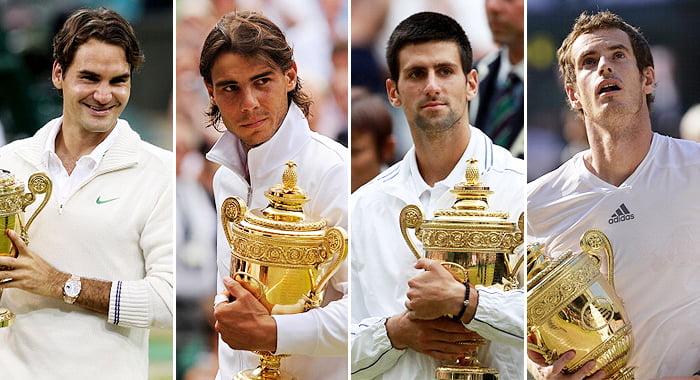
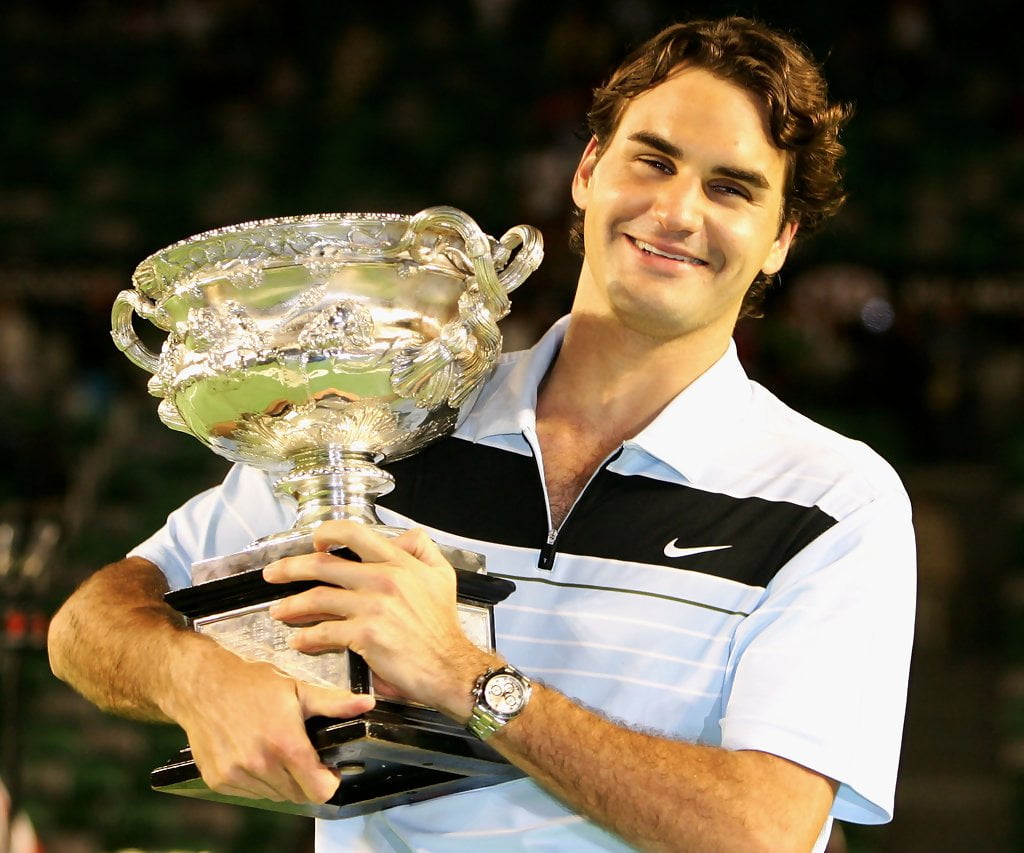
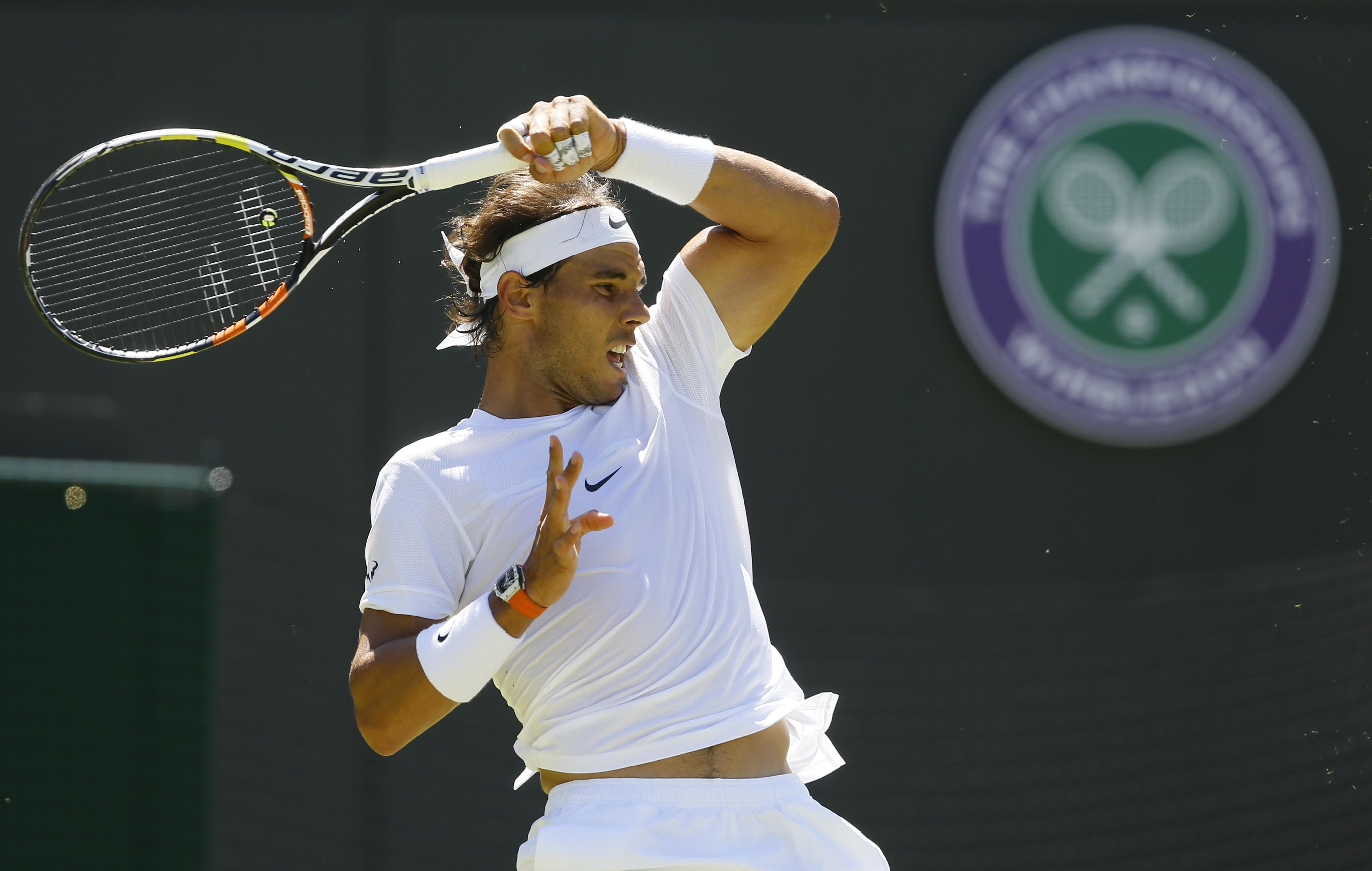


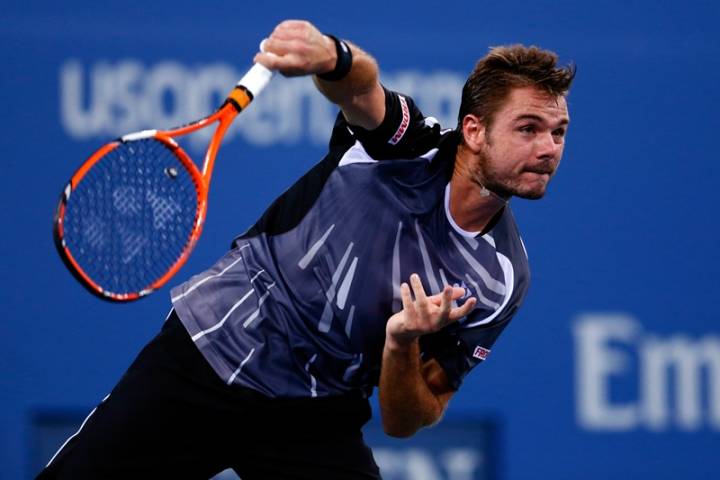
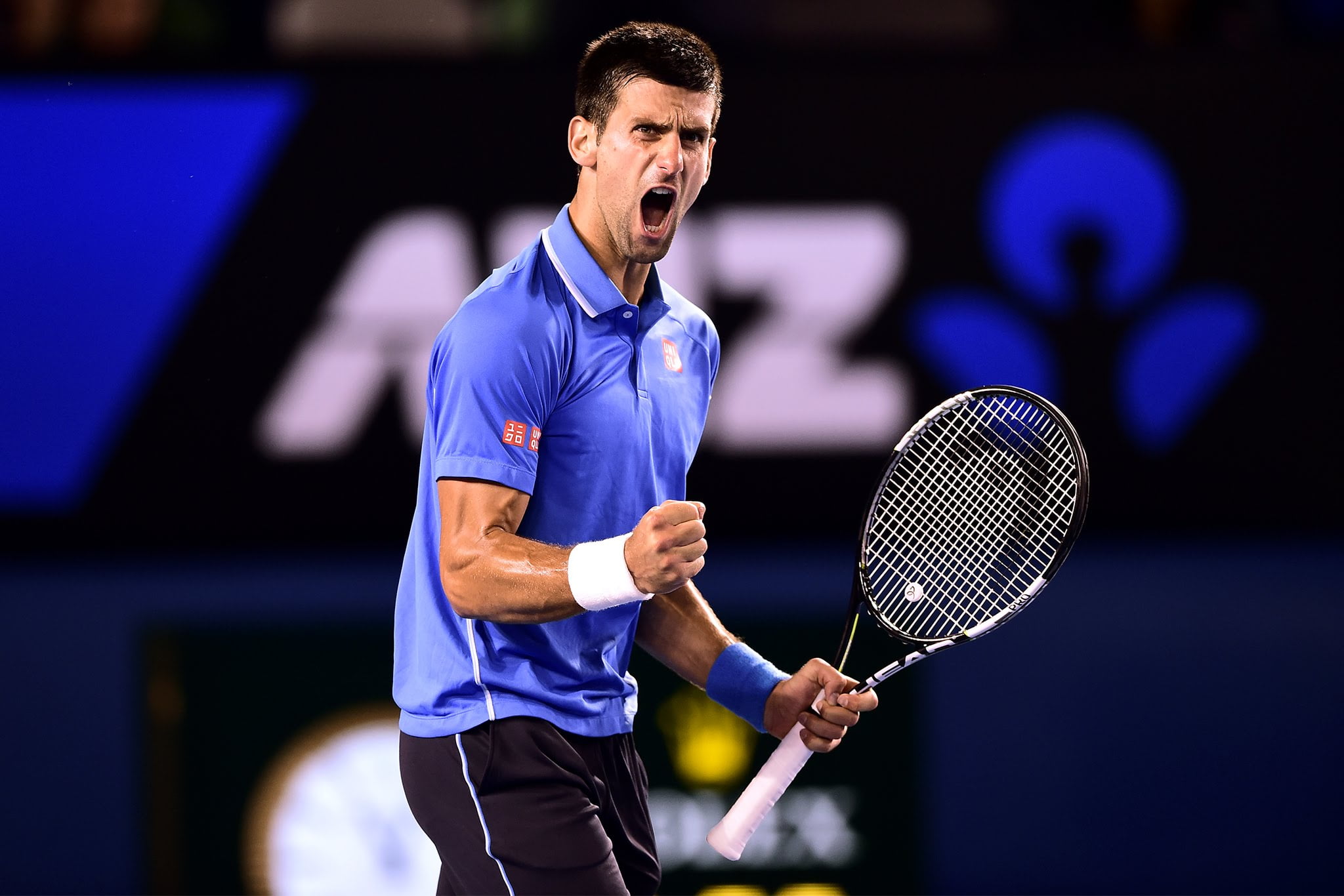
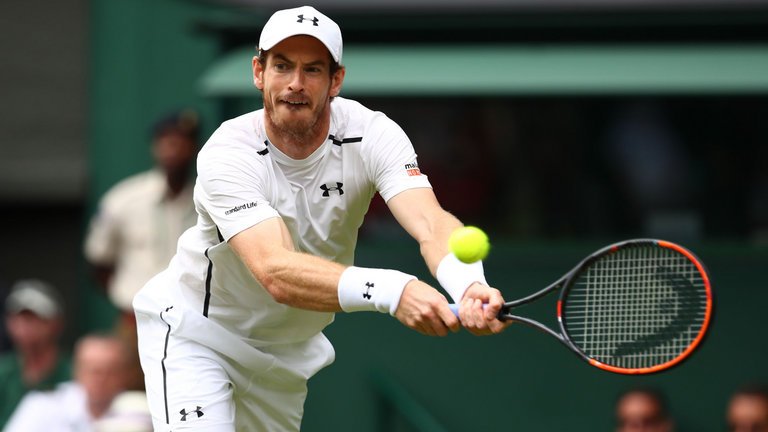
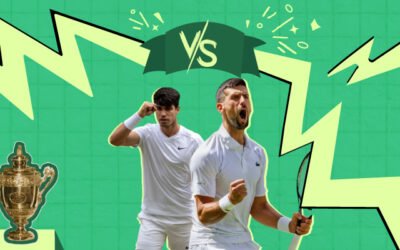

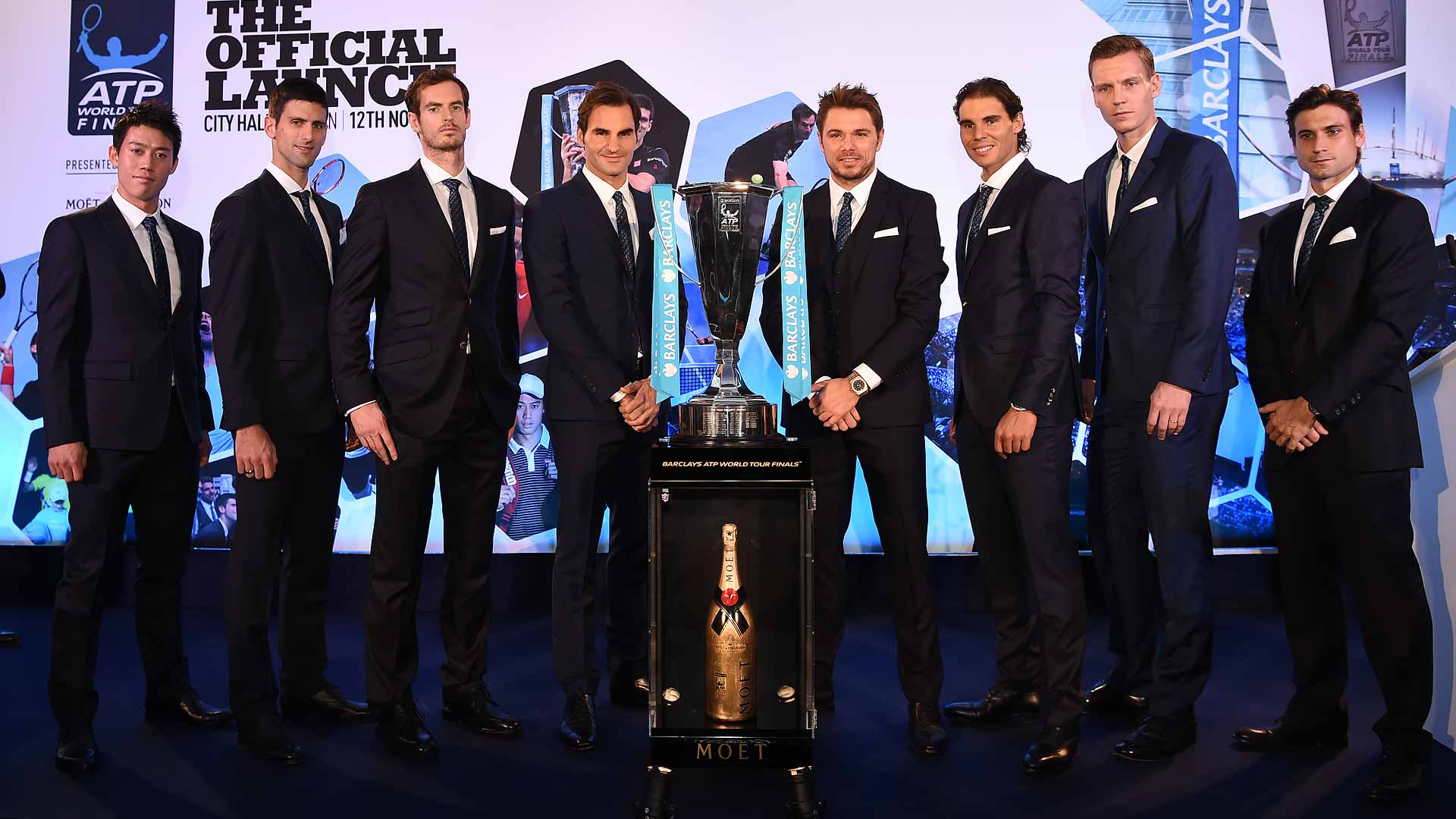
0 Comments